All products featured are independently chosen by us. However, SoundGuys may receive a commission on orders placed through its retail links. See our ethics statement.
What you need to know about Bluetooth 6.0 and how it changes everything
July 31, 2025
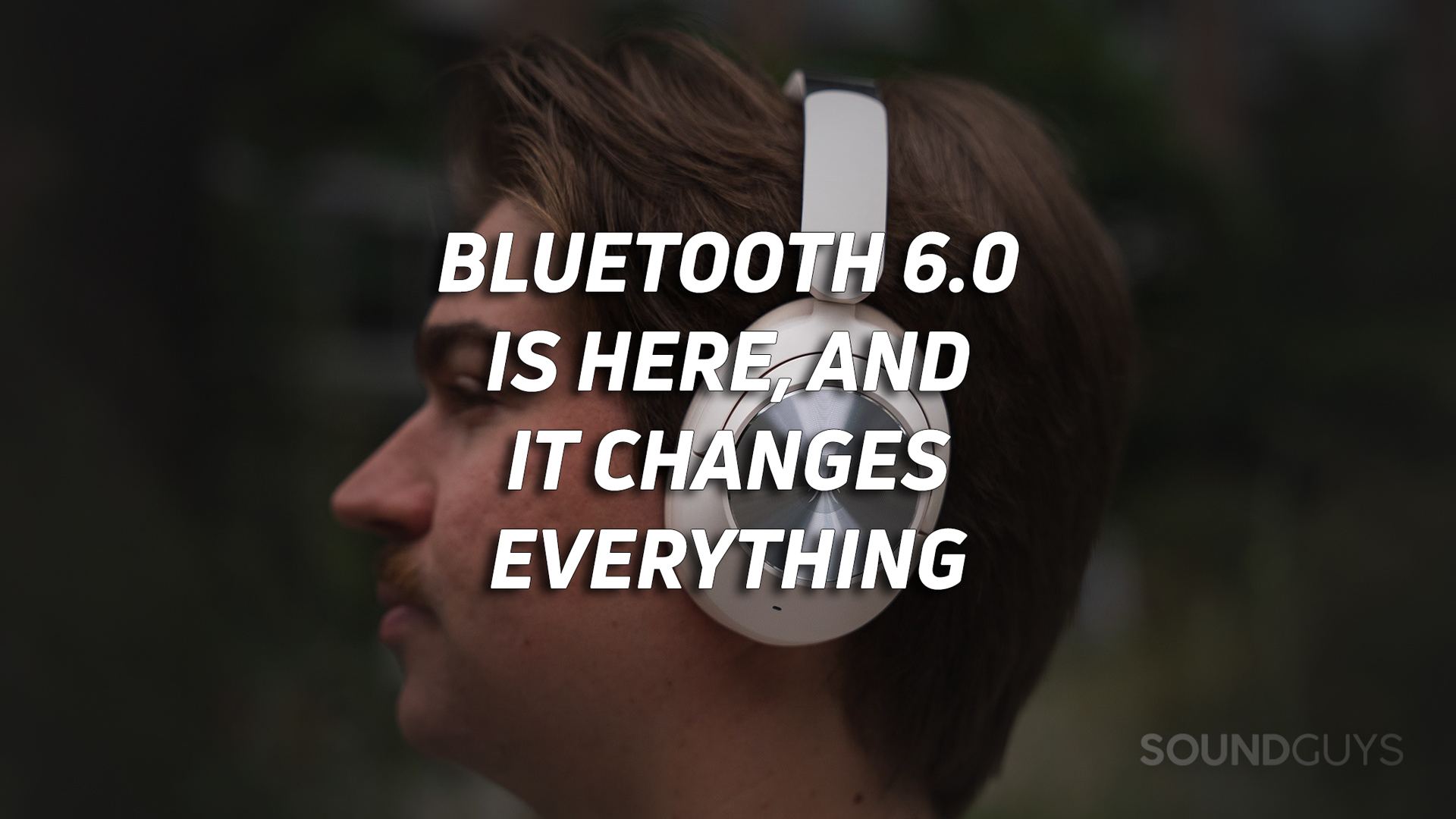
Whenever Bluetooth SIG announces a new core specification, the nerds all rejoice — but what’s different than a new number? Let’s take a look through the listed features of Bluetooth 6.0 for a more in-depth look at how your wireless devices are going to change over the years.
What’s getting added to Bluetooth?
In the fact sheet sent around last September, Bluetooth SIG outlined the new features added to the 6.0 core specification. Many of these center around improving latency, avoiding duplicate tasks, and being able to judge distances between devices. However, that document is quite dense and tough to read for most. So what does all of this mean in plain English?
ISOAL Enhancement
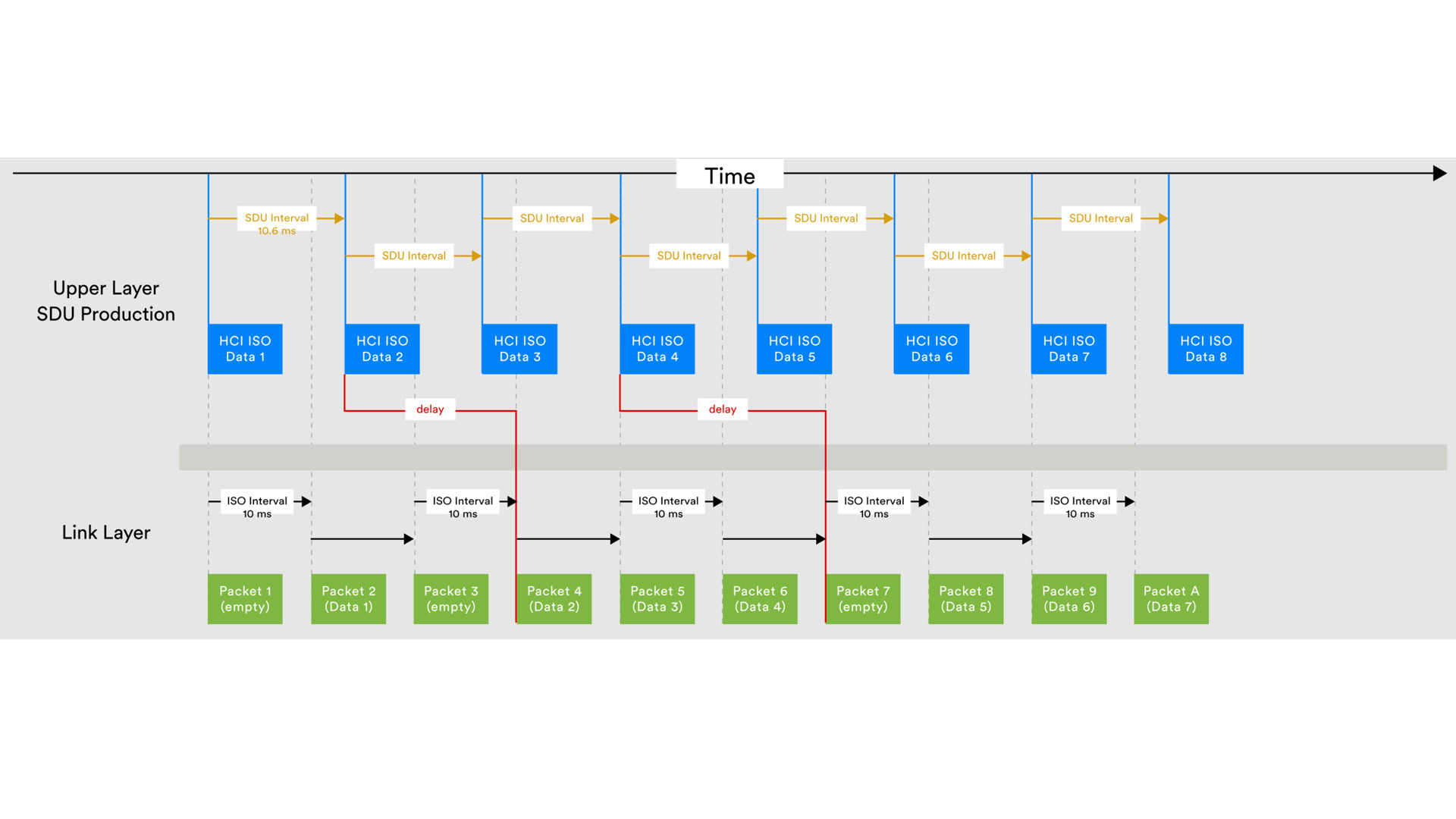
The most important update for audiophiles and other music lovers is an upgrade to the Isochronous Adaptation Layer (ISOAL). This feature crams in larger amounts of data into smaller packets and uses attached timing information to help the receiver stitch together everything correctly during signal processing. While this may increase latency in some situations, it will comes with the benefit of higher data transmission rates.
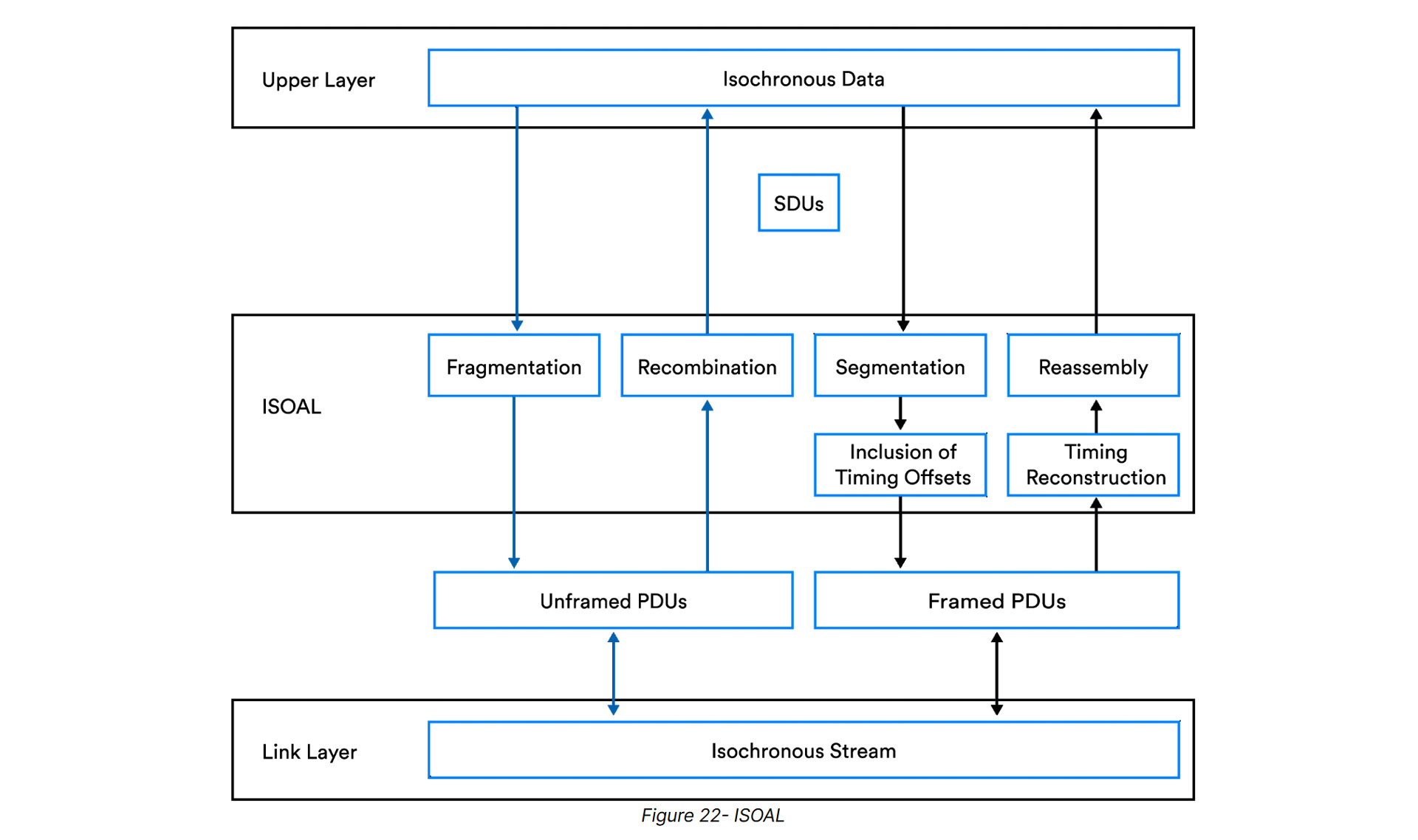
In Bluetooth 6, this feature has been upgraded to avoid the pitfalls of the tradeoff while maintaining the benefits of a shorter frame space for high data throughput. By making this feature more reliable, users benefiting from this feature should have more reliable connections, with better data transfer rates, and the reduction of latency. While it won’t replace XPAN or anything, it’s a cool thing to see that Bluetooth is at least working on raising the performance floor of its wireless protocols for communication applications.
Bluetooth listed the following as benefits of this upgrade:
- Fitness trackers which have to transfer accrued data… to a connected device such as a smartphone or laptop.
- Firmware updates.
- Bluetooth LE Audio. Audio packets sent over a connected isochronous stream can be sent more quickly, in shorter bursts…
- Devices that use their radio for other purposes such as Wi-Fi have more time for these activities.
Of course, we’ll have to see how well this works in the lab, but it sounds like we’ll be in the market for new transmitters to test this soon.
LC3plus support
Though we were first made aware of LC3plus at the release of the Bluetooth LE audio in 2020, until now, the codec has been mostly absent from headphones. With Bluetooth 6, the codec makes its debut — although it’s a licensed codec and not a mandatory one. That means that it won’t come with all Bluetooth 6 devices, even if the standard can support the codec.
This codec claims to support 96kHz sample rates with a 24-bit depth, while offering noise down to -132dB, with latency as low as 7ms. In 2022, the codec received Hi-res certification by the Japan Audio Society, joining SLCS, LHDC, SHDC, aptX Adaptive, and LDAC as the only Bluetooth codecs to attain this certification.
While we haven’t yet gotten the chance to kick the tires on products with LC3plus, those are some lofty claims. And as we’ve seen with other supposedly hi-res codecs, there are often tradeoffs. Still, it’s always a welcome sight to see more competition for better-quality audio.
Bluetooth channel sounding
This feature allows devices with the Bluetooth 6.0 spec to figure out where other wireless devices are with a high degree of accuracy. Pre-Bluetooth 6.0 devices would determine distances by calculating the strength of a known signal and quantifying the level of loss. Once that was known, it could be estimated how far away the other transmitter is.
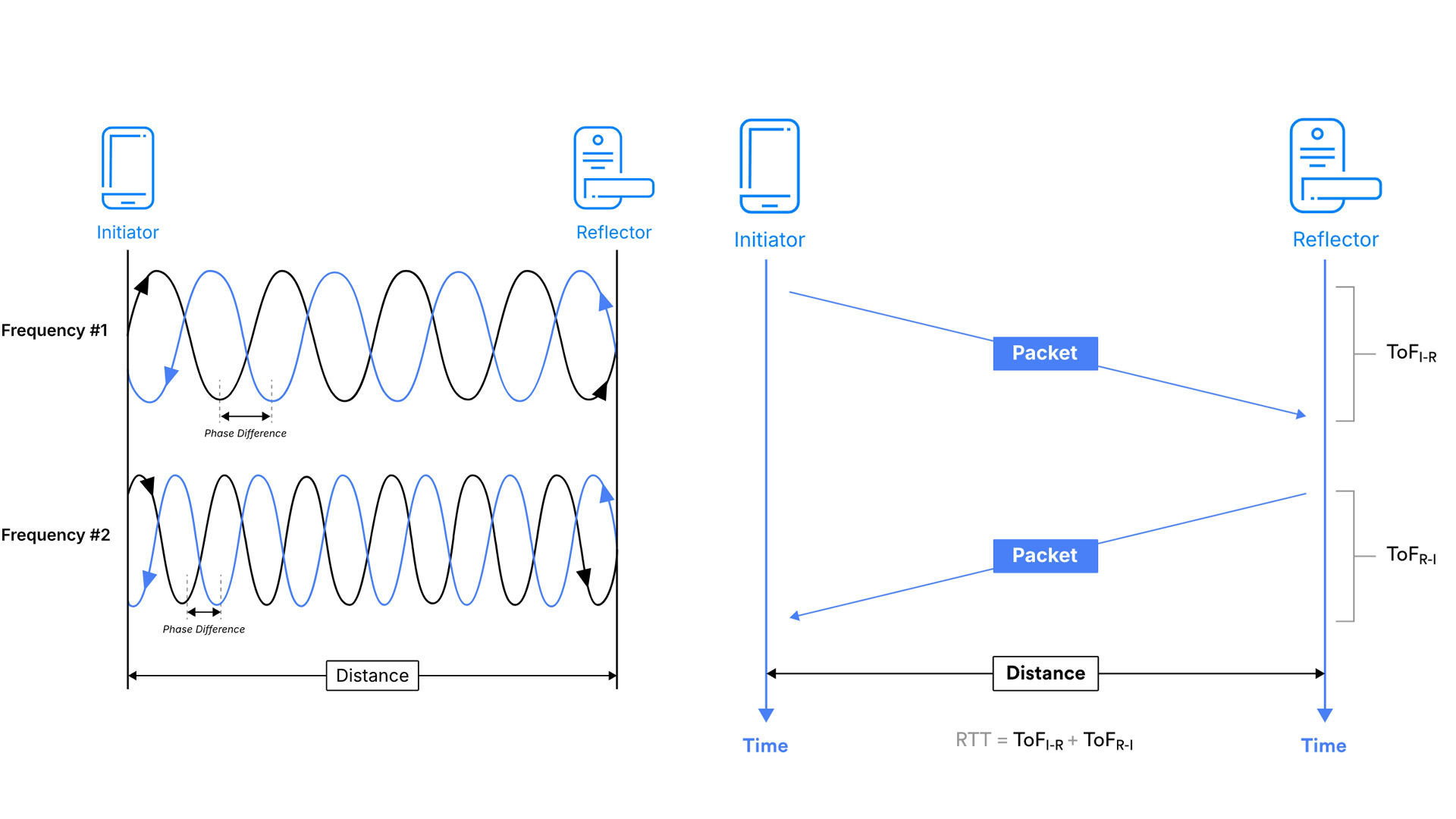
Bluetooth 6.0 devices will instead use a combination of methods called “Phase-based ranging” (PBR) and Round-trip timing (RTT). The first method consists of one device sending out a signal with a given frequency, and the other returning the same signal after. Then, the first device uses a different frequency to the “reflector” device, and it returns the same. By using a math trick with the two wavelengths, the transmitting device can determine the distance between the devices much more accurately.
Round-trip timing is as simple as it sounds: one device sends a packet of information to the other, and waits for a timestamp message to be returned. The total elapsed time is then used to calculate distance. Though a bit more crude, when used in conjunction with the first method, you should be able to get more exacting distance data.
In short, this continues the trend of Bluetooth raising the performance floor of its features. Manufacturers may elect to forgo adding competing Ultra Wideband hardware to their earbuds and headphones, as the benefit to upgrading is a bit diminished. This would reduce cost and development time.
Decision-based Advertising Filtering
This is a clever way to speed up device scanning. Instead of looking for everything all at once, this feature uses a set of rules to prioritise options and ignore duplicates. Specifically, it will use the content of the first few packets sent to then decide whether or not to keep looking on a secondary channel for like packets. By allowing devices to have an off-ramp to stop scanning, they can spend less time scanning by calling off the task once it has what it needs.
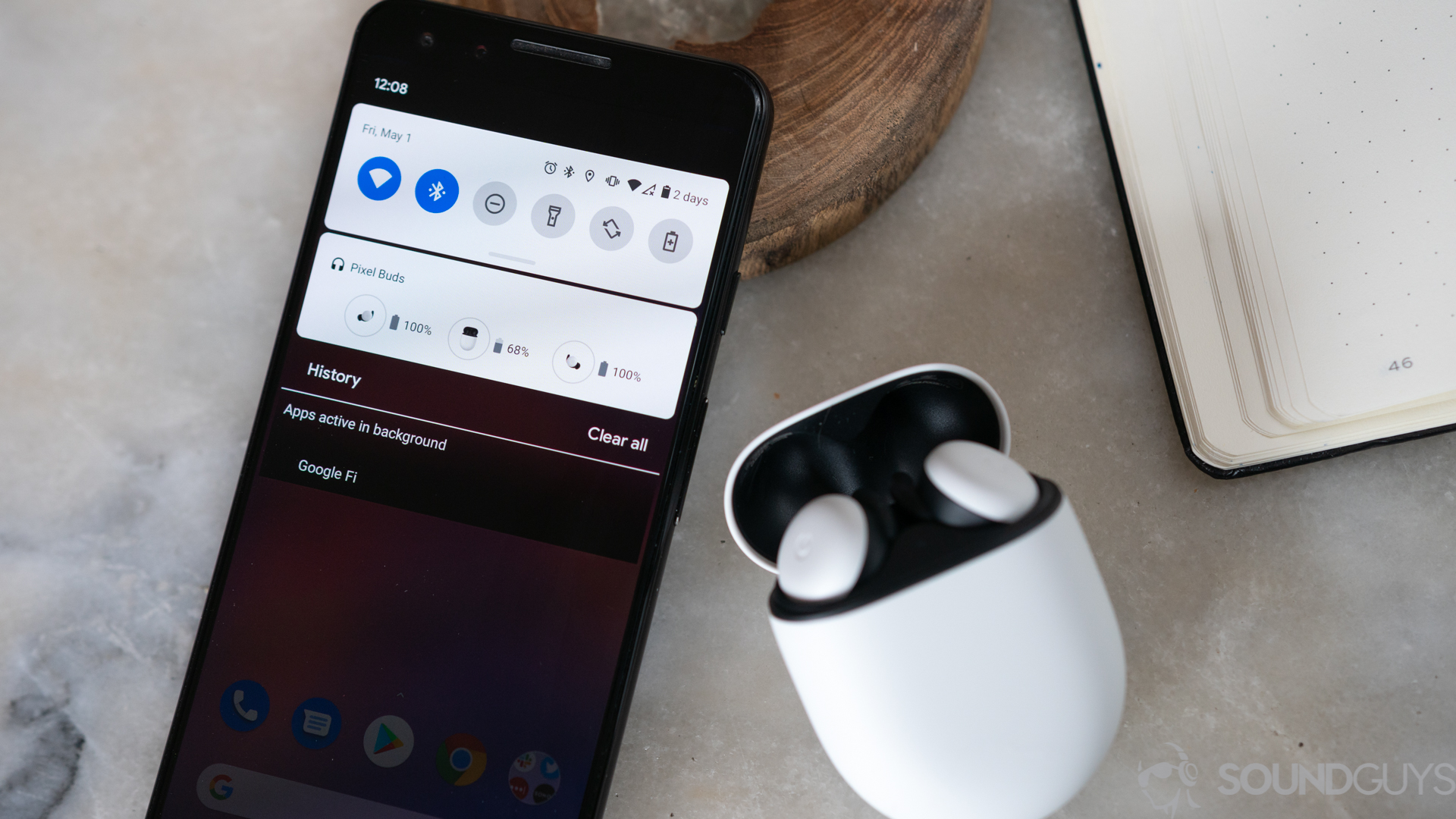
This should prevent your devices from wasting extra seconds on pairing, switching devices via Multipoint, and wasting less battery on pairing — not that it was a huge power suck to begin with. Though most people won’t think much about an upgrade like this, it’s still something worth highlighting, as older Bluetooth devices can take a lot longer to pair with something than when you simply plug in a device wired. With this upgrade, one of the bugbears of wireless listening is addressed directly.
Monitoring Advertisers
Previously, it was very difficult for Bluetooth devices to know whether or not a device it had connected to in the past is out of range, especially over the low-energy band. If a device tried to connect to another that’s out of range, it would waste battery trying to locate that other device.
Because Bluetooth 6 uses the Host Controller Interface (HCI) to keep tabs on whether or not previously-connected devices are in range, you can avoid draining your battery too much by looking for a device that you know isn’t there. It’s unclear how a device turning off is handled, or what happens if the battery dies unexpectedly, but this is an intelligent approach to preventing unwanted battery draw from attempts to connect to other devices that aren’t there.
How will this change headphones?
At least on paper, headphones that use Bluetooth 6 should operate with better battery life, more accurate device location, and better transfer rates in both classic and low-energy applications. Additionally, some will come with LC3plus support, which adds another Hi-res codec to the wireless mix.
While it will take a while for Bluetooth 6 devices to proliferate, newer phones are already starting to support this standard, and we’re also starting to see headphones and earbuds pop up that have the necessary silicon. Because only the newest of the new phones support this, it may take a while for owners of Bluetooth 6 headphones and earbuds to realize their full benefits — but it’s coming.
How excited for Bluetooth 6 are you?
Thank you for being part of our community. Read our Comment Policy before posting.